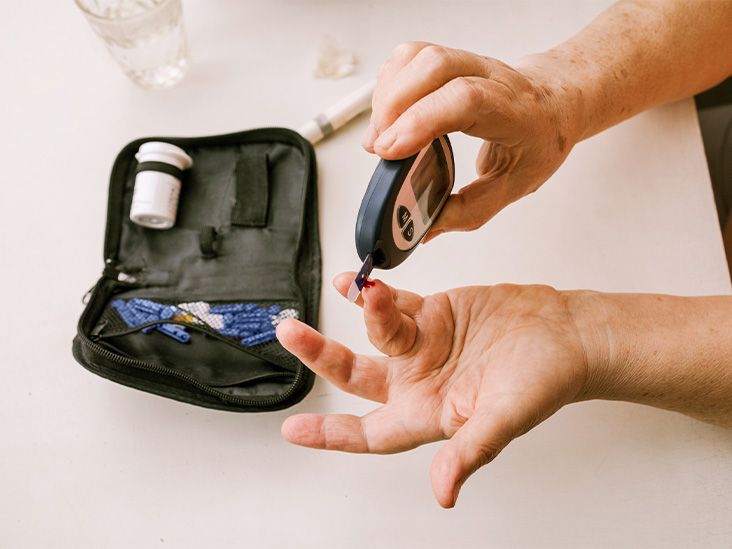A typical platelet count range can change with age. Platelet counts may fluctuate due to natural vascular aging, changes in bone marrow tissue, and altered blood plasma makeup.
Platelets, or thrombocytes, are colorless fragments of larger cells called megakaryocytes, commonly found in bone marrow.
The purpose of platelets is to create hemostasis, prevent hemorrhaging, and keep blood inside the vessel walls.
Platelet count is an essential diagnostic tool that measures the number of platelets per blood microliter (mcL). It can help doctors identify potential health complications related to wound healing, bleeding disorders, and blood clotting.
A note about sex and gender
Sex and gender exist on spectrums. This article will use the terms “male,” “female,” or both to refer to sex assigned at birth. Click here to learn more.

The general range for adult platelets has been
However, a 2022 review suggests platelet counts could change significantly based on a person’s age and sex.
Data from a Swiss 2020 study on an aging population found that platelet count by age remained predominantly stable for females and saw an overall decline for males:
| Age (years) | Platelet count range (male) | Platelet count range (female) |
|---|---|---|
| 60–69 | 150,000–300,000 | 165,000–355,000 |
| 70–79 | 130,000–300,000 | 165,000–300,000 |
| 80 and over | 120,000–300,000 | 165,000–300,000 |
Learn more about platelet count tests.
It is not clear why platelet ranges change with age, but some reasons
- age-related changes in the bone marrow’s hematopoietic tissue, which is the tissue in which new blood cells develop
- changes in blood plasma composition over time
- vascular aging and disease processes
Platelet counts can indicate how the body will respond in blood clotting situations. A person can have too many or too few platelets, and each brings potential health complications.
High platelet count
The
A high platelet count is not attributed to another health condition in thrombocythemia – also known as primary or essential thrombocythemia.
Reactive or secondary thrombocytosis is a diagnosis when another disease or condition is responsible for a high platelet count.
A high platelet count can create unnecessary blood clots throughout the body, particularly in the hands, brain, and feet.
It may cause bleeding conditions, such as nosebleeds, when unnecessary clots take up resources and insufficient free platelets remain in the bloodstream.
A high platelet count can increase the risk of stroke and heart attack, among other conditions.
Low platelet count
When a person’s platelet count is too low,
This can create symptoms such as:
- prolonged bleeding, even from minor injuries
- bruising
- red or purple spots on the skin from leaking blood vessels
- heavy menstrual bleeding
- blood in the urine or stool
- bleeding from the nose or gums
A low platelet count is thrombocytopenia, and it can occur as a result of:
- environmental exposures
- medication
- lifestyle habits such as heavy alcohol consumption
- another medical condition such as cancer, autoimmune diseases, or infections
- genetics
When a person’s platelets are below typical levels for an extended period, medications can help increase platelet count or stop the body from destroying its platelets in the case of autoimmune conditions.
Surgery or a blood or platelet transfusion may be necessary in extreme cases.
What is the platelet count for adults?
The typical platelet count for adults is
Is 120,000 a low platelet count?
Anything below 150,000 is a low platelet count.
Does platelet count change with age?
Yes, platelet count decreases with age, particularly for males. This is known as thrombocytopenia.
Platelets are essential components of blood clotting and wound healing. When the body experiences bleeding, platelets adhere together to create clots and stop blood loss.
The standard counts have remained at 150,000–450,000 platelets/mcL of blood. However, evidence suggests the typical platelet range may vary based on age and gender.
The reasons behind age-related platelet fluctuations are unclear. However, bone marrow changes, vascular aging, and changes in blood composition over time may all affect how many platelets are in the bloodstream.


